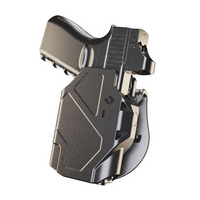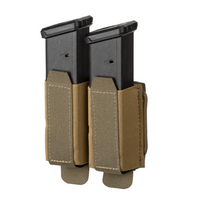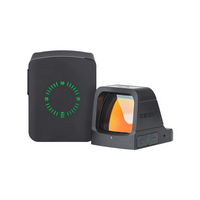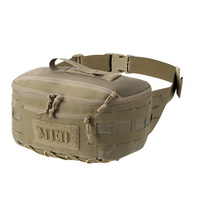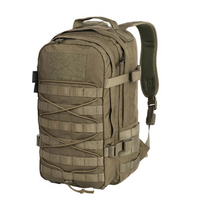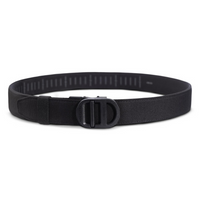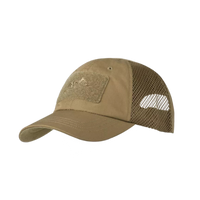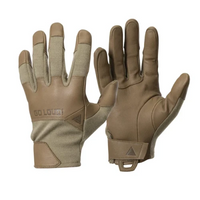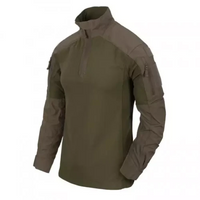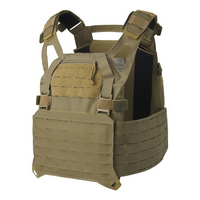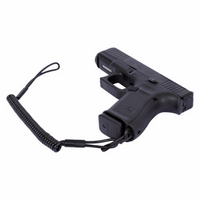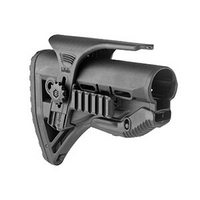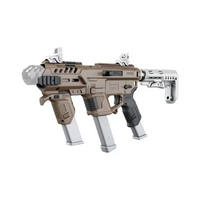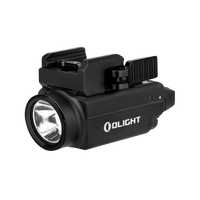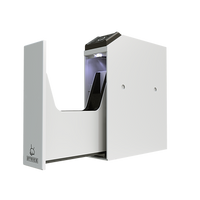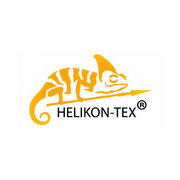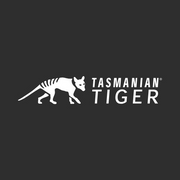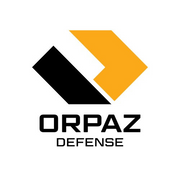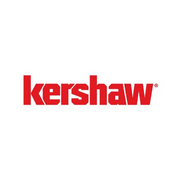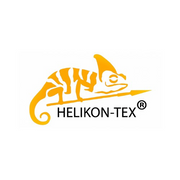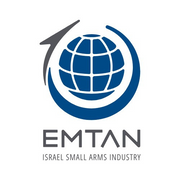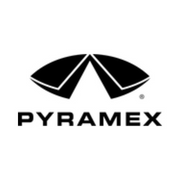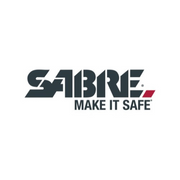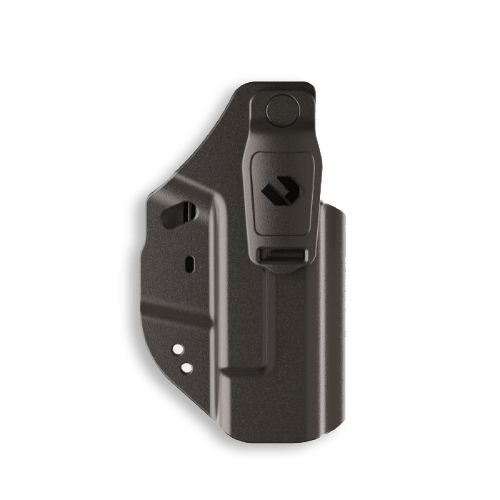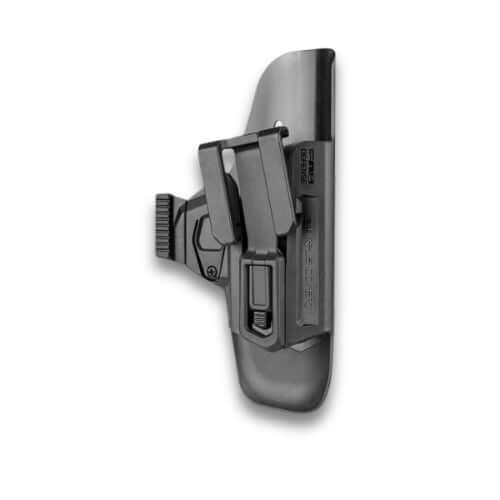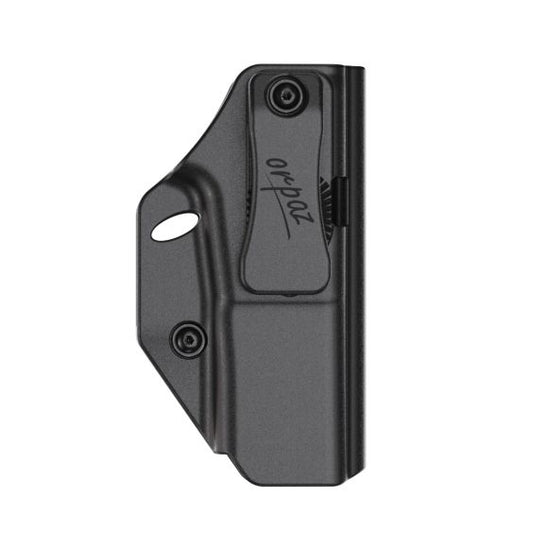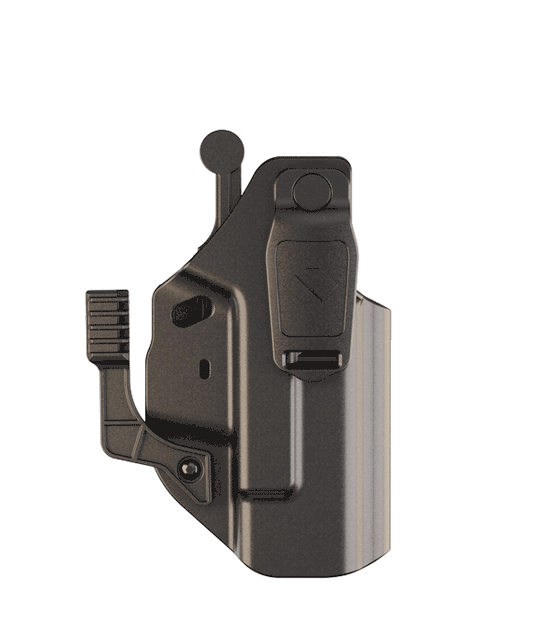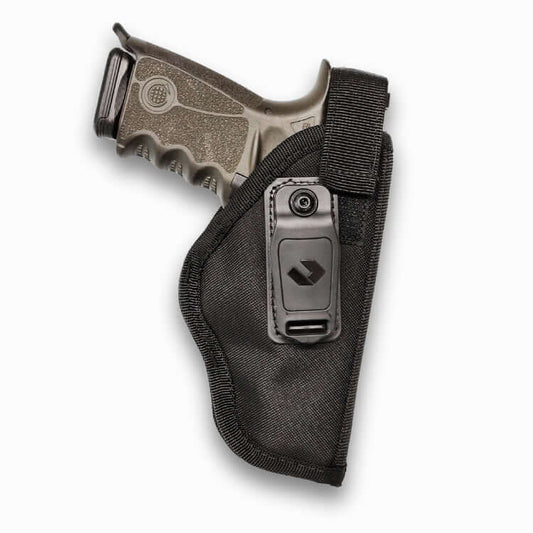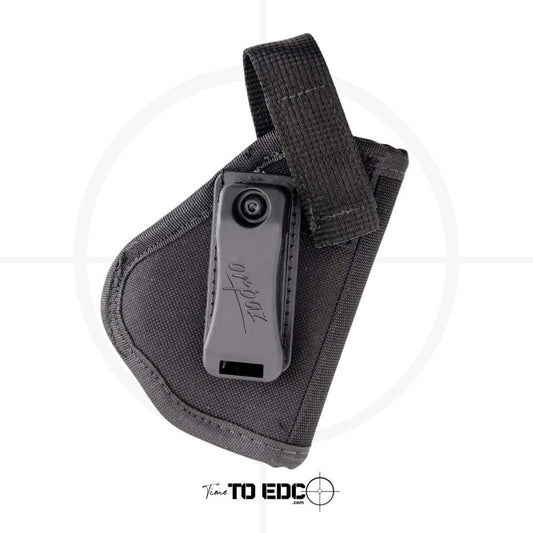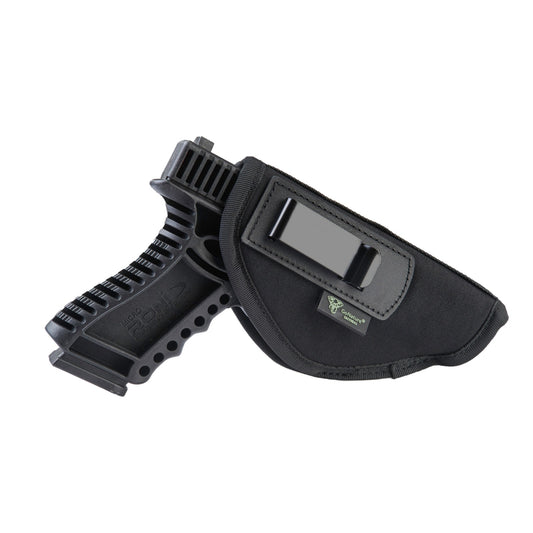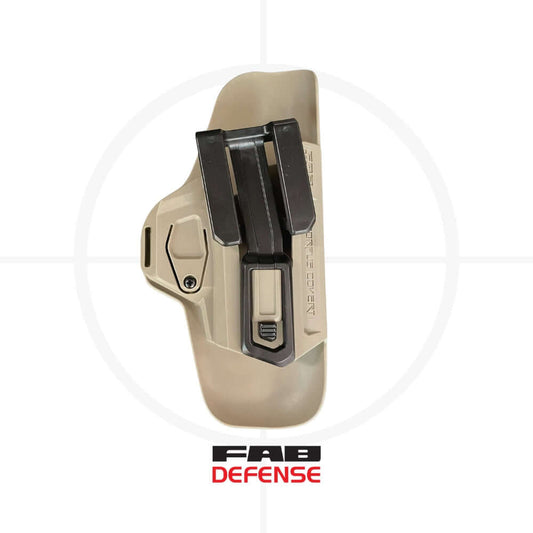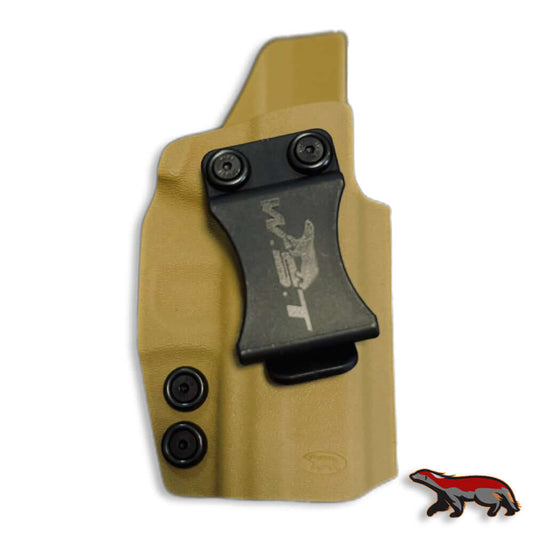
Tactical helmet How to choose right
Diego CohenWhat is a tactical helmet and what is important to know about them
- Introduction to ballistic tactical helmets: We will briefly introduce the purpose of the helmet - to protect the soldier or civilian from ballistic threats (such as shrapnel fire) and other injuries to the head area.
- Historical background and the importance of the helmet: Tactical helmets have undergone significant upgrades in recent years to address modern threats while maintaining comfort, light weight and the ability to incorporate additional equipment.
Part 1: The importance of using a tactical helmet
- Protection of the head and face: the protection against head injuries and fractures, including protection against shrapnel, head impacts and light projectiles.
- Versatile Tactical Uses: Ballistic helmets are not limited to the battlefield. They are also suitable for special tasks such as rescue, internal security tasks, and even for protection during certain sporting activities (such as competitive shooting).
- Ability to integrate with additional equipment: many tactical ballistic helmets include mounts for cameras, communication systems, flashlights and other accessories that provide a significant operational advantage.
Part 2: Criteria for choosing a tactical ballistic helmet
- Ballistic strength and compliance with the standard: the ability of the helmet to protect against impacts. Common standards include NIJ IIIA (for protection against low-energy projectiles).
- Weight and comfort: heavy helmets can weigh down the user. We will examine the differences between light and strong helmets, and the use of advanced materials such as carbon fiber or Kevlar.
- A system of straps and facial reinforcements: a good fit to the head and anti-shock mechanisms are a key element for comfort and safety.
- Modularity: connection to essential accessories such as flashlights, night vision, communication systems, and more. The modern helmets include rails and the M-LOK system.
Part 3: Review of recommended tactical helmets
- Ops-Core FAST: a helmet known for its durability, low weight and the ability to integrate advanced systems. It is made of advanced materials and provides ballistic protection.
- Team Wendy EXFIL: Known for exceptional comfort and an advanced strap system that provides maximum fit. Modular rails allow for easy installation of accessories.
- 3M Ceradyne ULW: offers NIJ IIIA level ballistic protection and combines features of comfort and durability. Suitable for professionals in difficult field conditions.
- Masada Armor: a quality Israeli brand that offers advanced ballistic helmets, with an emphasis on high durability alongside a modern design and light weight. Masada Armor's helmets are suitable for extensive tactical uses, and are produced in accordance with the needs of Israel's security forces.
Part 4: Masada Armor helmet benefits
- Advanced technology adapted to local conditions: adapted to extreme weather conditions and operational needs. Thanks to local operational experience, Masada's helmets were built with light weight and extremely high durability in mind.
- Modular design and ease of use: includes integral rails, head light connections, and night vision systems.
- International quality standards: compliance with the highest standards, suitable for operational use by the Israeli security forces.
Part 5: Maintenance and care of the helmet
- Regular cleaning and maintenance: instructions for safely cleaning the helmet and maintaining the inner padding to extend the life of the product.
- Regular inspection: checking the mechanisms and layers of protection once in a while to verify the effectiveness of the protection.
Summary
- Choosing a tactical ballistic helmet is a decision that involves considerations of protection, comfort and modularity. It is important to know the advantages and disadvantages of each model according to personal or operational needs.
- Brands like Masada Armor offer advanced solutions of proven quality that suit diverse needs, especially for Israeli users.

Types of tactical helmets
Ballistic Helmets :
- Description: Designed to protect against hits from bullets, shrapnel and other ammunition parts.
- Materials: made of materials such as Kevlar, fiberglass, UHMWPE (high density polyethylene), and ceramics.
- Uses: Used by the military, the police, and special units, and are considered vital on the modern battlefield.
Hybrid Helmets :
- Description: Combines between ballistic shielding and top shielding, with the possibility of adding additional components such as means of communication and cameras.
- Materials: made from a combination of advanced materials that offer both high durability and relatively low weight.
- Uses: suitable for activity in complex situations where multi-layer protection is necessary.
Protection levels in the market
Level IIIA :
- Description: Provides protection against high-powered semi-automatic bullets such as .44 Magnum, and includes increased protection against shrapnel.
- Uses: common among special military units and in high-risk tactical operations.
Level III :
- Description: Offers protection against armor-piercing weapons and machine guns, including weapons such as 7.62mm NATO.
- Uses: suitable for military activity in difficult combat situations.
Level IV :
- Description: The highest level of shielding, providing protection against heavy ballistic threats such as armor-piercing rifles.
- Uses: intended for military operations and special forces operating in particularly difficult combat environments.
Summary
Tactical helmets are an important part of the combat equipment and provide a wide range of protection solutions according to the level of risk and the required action. The choice of the appropriate helmet depends on the operational needs and the potential risks faced by the warrior or tactical force.
The difference between the FAST helmet and the MICH helmet lies in the design, the purposes of use and the unique characteristics of each model:
Design and planning:
FAST (Future Assault Shell Technology) helmet
- Design: The FAST helmet is known for its advanced and modern design, which includes high cut sides that allow more convenient use of communication equipment and ear protection.
- Weight: Lighter compared to traditional helmets, which reduces the strain on the fighter's neck and head.
- Additional features: includes an advanced strap system for a perfect fit and additional accessories such as rails for connecting external accessories such as flashlights, cameras, and night vision devices.
MICH helmet (Modular Integrated Communications Helmet) :
- Design: The MICH helmet, which is a development of the PASGT helmet, offers a design with slightly cut sides (mid cut) designed for improved use of means of communication and headphones.
- Weight: Heavier than the FAST, but lighter than the old traditional helmets (such as the PASGT).
- Additional features: provides better ballistic protection against shrapnel and bullets, and is combined with a strap system that fits a variety of head types. It has the option of connecting additional means such as an adapter for a night vision system.
Purposes of use:
- FAST helmet :
Developed to provide a solution for soldiers and fighters in special operations, who require greater flexibility, especially in tactical situations where additional equipment such as night vision devices and advanced communications are needed.
Designed for use in modern combat environments that require high mobility and quick adaptation to changes on the battlefield.
For details on the FAST helmet, click on the image below
MICH helmet :
Designed to provide enhanced protection while maintaining effective communication capability for soldiers on the battlefield, especially in regular units and special units.
Provides a balance between protection, comfort and the ability to carry additional equipment, making it ideal for a wide variety of combat missions.
Protection levels:
- FAST helmet: tends to be lighter and has good ballistic protection, but sometimes lower than heavier helmets like the MICH.
- The MICH helmet: offers better ballistic protection compared to the FAST helmet, with an emphasis on wider protection for the entire head.
Summary
The choice between the FAST helmet and the MICH helmet depends on the specific operational needs. The FAST helmet is designed for fighters who need high flexibility and convenient use of additional equipment, while the MICH helmet offers better protection and a balance between comfort, communication and ballistic protection.
Tactical ballistic helmet, choosing a tactical helmet, recommended tactical helmets, Masada Armor helmet, tactical helmet for weapons, ballistic helmets for the battlefield, tactical helmet with protection, Ops-Core FAST helmet, Team Wendy EXFIL helmet, NIJ IIIA standard helmet, light ballistic helmets, M-LOK helmet rails, tactical helmet with night vision, tactical helmets for missions special

